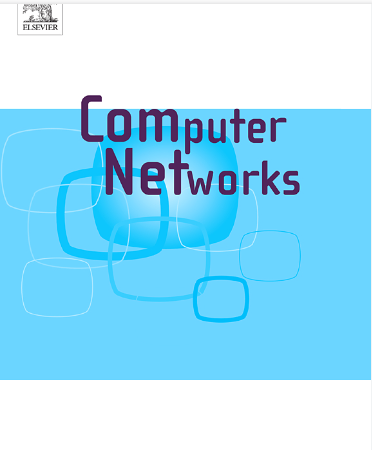Malicious vehicle detection scheme based on UAV and vehicle cooperative authentication in vehicular networks
IF 4.4
2区 计算机科学
Q1 COMPUTER SCIENCE, HARDWARE & ARCHITECTURE
引用次数: 0
Abstract
The advancement of the vehicular networks has significantly enhanced the capabilities of intelligent transportation systems. However, the transmission of malicious information (e.g., false emergency alerts or traffic congestion updates) by comprised vehicles poses a serious threat to emergency response operations, particularly in mountainous regions where signal quality is poor. Recent developments in integrating Unmanned Aerial Vehicles (UAVs) with vehicular networks have introduced new opportunities for enhancing network security, enhancing network security in these challenging environments. In response to these challenges, this paper proposes a UAV and vehicle cooperative authentication scheme for detecting malicious vehicles within vehicular networks. The proposed approach reduces overhead through cooperative authentication between vehicles, while UAVs monitor vehicle behavior in real-time. Additionally, Trusted Centers of Authority (TCAs) are employed to oversee UAV activities, ensuring the integrity of the system. The TCA dynamically allocates suitable UAVs for tasks based on real-time availability, optimizing resource utilization. Furthermore, the proposed scheme introduces a hierarchical TCAs structure, partitioning it into root_TCA and sub_TCA, which mitigates the risk of single points of failure and improves resource efficiency. Comparative analysis demonstrates that the proposed scheme offers superior performance in terms of computational and communication overhead compared to existing methods.
求助全文
约1分钟内获得全文
求助全文
来源期刊

Computer Networks
工程技术-电信学
CiteScore
10.80
自引率
3.60%
发文量
434
审稿时长
8.6 months
期刊介绍:
Computer Networks is an international, archival journal providing a publication vehicle for complete coverage of all topics of interest to those involved in the computer communications networking area. The audience includes researchers, managers and operators of networks as well as designers and implementors. The Editorial Board will consider any material for publication that is of interest to those groups.
 求助内容:
求助内容: 应助结果提醒方式:
应助结果提醒方式:


